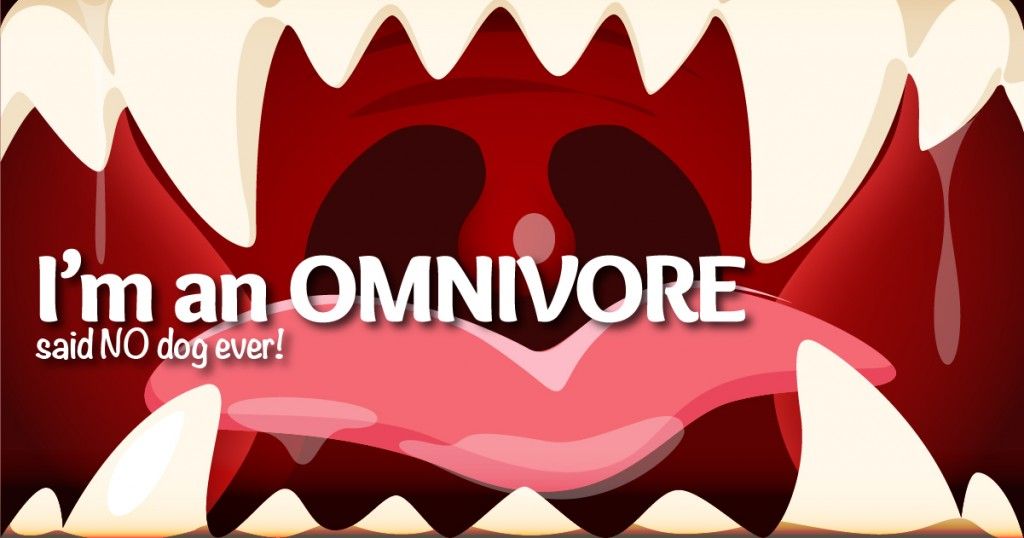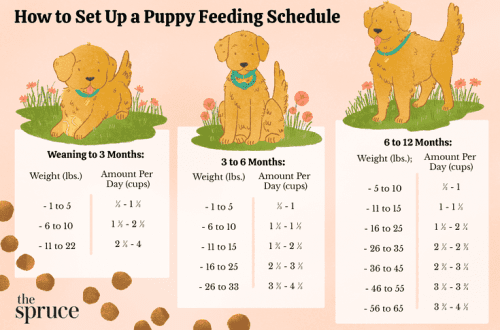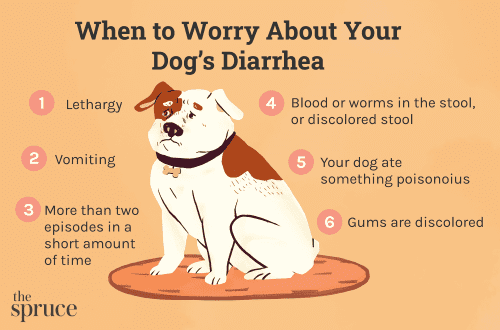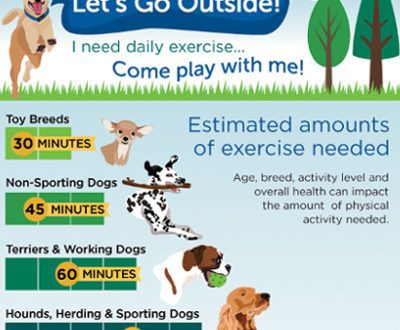
Koj tus dev dab tsi yog tsiaj - carnivore lossis omnivore?
Dogs belong to the canine family, an order of carnivores, but this does not always mean a specific behavior, anatomy, or food preferences.
Txiav txim rau koj tus kheej
Some animals may look like predators and behave like predators. But are they really predators? You be the judge.
- Wolves attack herbivores, but first of all they eat the contents of their stomachs, as well as the insides of these animals.1
- Coyotes eat a variety of foods, including small mammals, amphibians, birds, fruits, and herbivore feces.
- Pandas are also carnivores, but they are herbivores and mainly consume bamboo leaves.
Finding out the truth
Ntsiab nta
- The term “opportunivore” best describes a dog’s natural desire to eat whatever it finds – plants as well as animals.
Strict or true carnivores such as cats have a higher requirement for taurine (an amino acid), arachidonic acid (a fatty acid) and some vitamins (niacin, pyridoxine, vitamin A) that are available in animal protein and fat sources.
Omnivores, such as dogs and humans, do not have a high requirement for taurine and certain vitamins and can produce arachidonic acid from vegetable oils on their own.
Characteristics of omnivores
There are other nutritional, behavioral and physical factors that separate these two worlds – omnivores and carnivores:
- Dogs have teeth (molars) with relatively flat surfaces, designed to grind bones as well as fibrous plant material.
- Dogs can digest almost 100% of the carbohydrates they consume.2
- In dogs, the small intestine occupies about 23 percent of the total volume of the gastrointestinal tract, in line with other omnivores; in cats, the small intestine only occupies 15 percent.3,4
- Dogs can make vitamin A from beta-carotene found in plants.
Confusion in conclusions
Some people mistakenly conclude that dogs, although they are pets, must simply be carnivores because they belong to the order of carnivores. A closer look at the anatomy, behavior, and food preferences of dogs leads to the conclusion that they are actually omnivores: they are able to stay healthy by eating both animal and plant foods.
1 Lewis L, Morris M, Hand M. Small animal therapeutic nutrition, 4th edition, Topeka, Kansas, Mark Morris Institute, p. 294-303, 216-219, 2000.
2 Walker J, Harmon D, Gross K, Collings J. Assessing nutrient utilization in dogs using the ileal catheter technique. Nutrition Journal. 124:2672S-2676S, 1994.
3 Morris M. J., Rogers K. R. Comparative aspects of nutrition and metabolism in dogs and cats, in dog and cat nutrition, ed. Burger I.H., Rivers J.P.W., Cambridge, UK, Cambridge University Press, p. 35–66, 1989.
4 Rakebush, I., Faneuf, L.-F., Dunlop, R. Feeding behavior in the physiology of small and large animals, B.C. Decker, Inc., Philadelphia, PA, p. 209–219, 1991.





